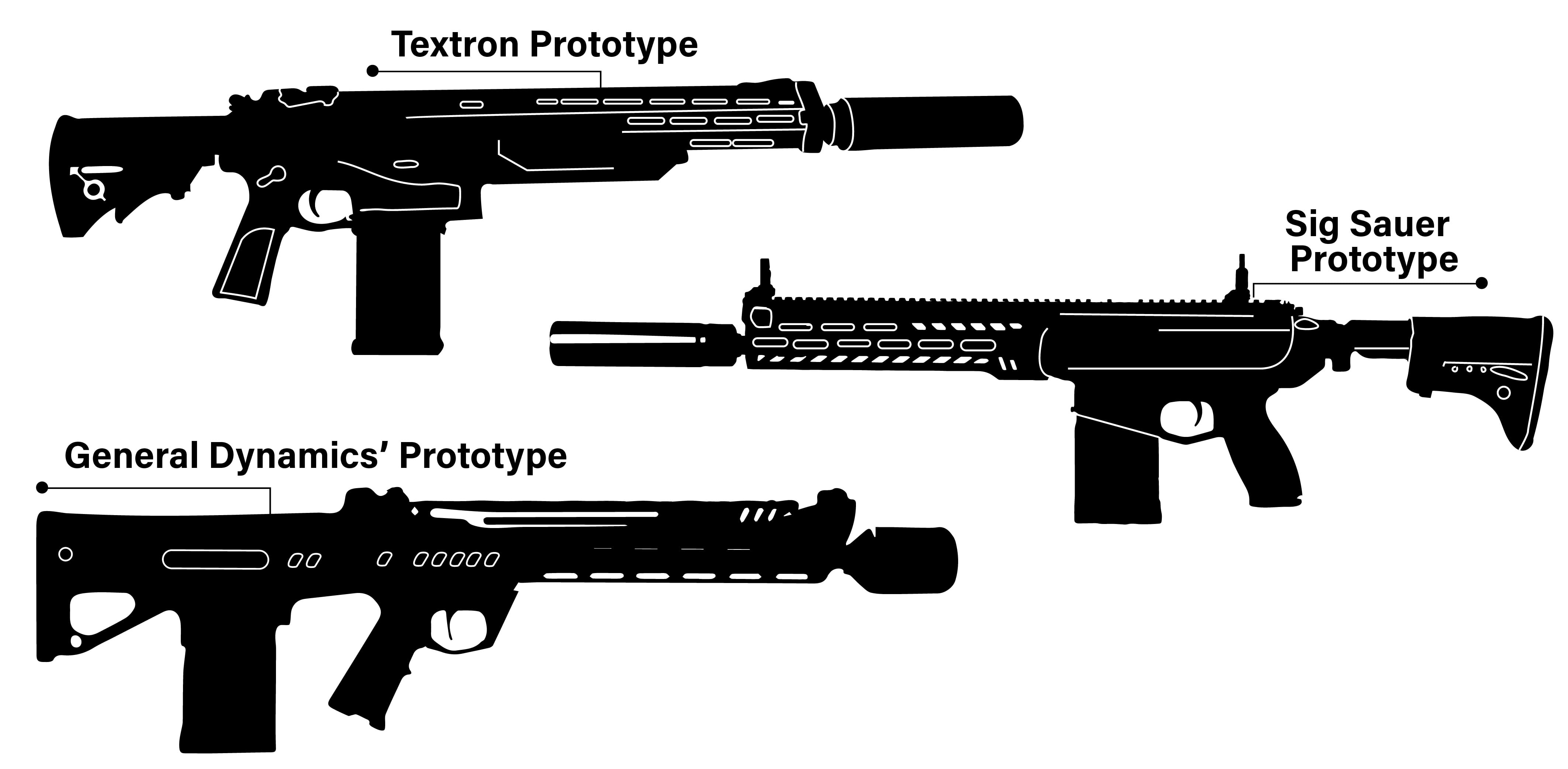WASHINGTON — Replacements for the M4 carbine, the M16 and the M249 Squad Automatic Weapon are on track to be in production in about a year.
The Next Generation Squad Weapon rifle and automatic rifle are expected to be selected by mid-2022, Maj. Gen. Anthony Potts told Army Times before the Association of the U.S. Army’s annual meeting.
RELATED
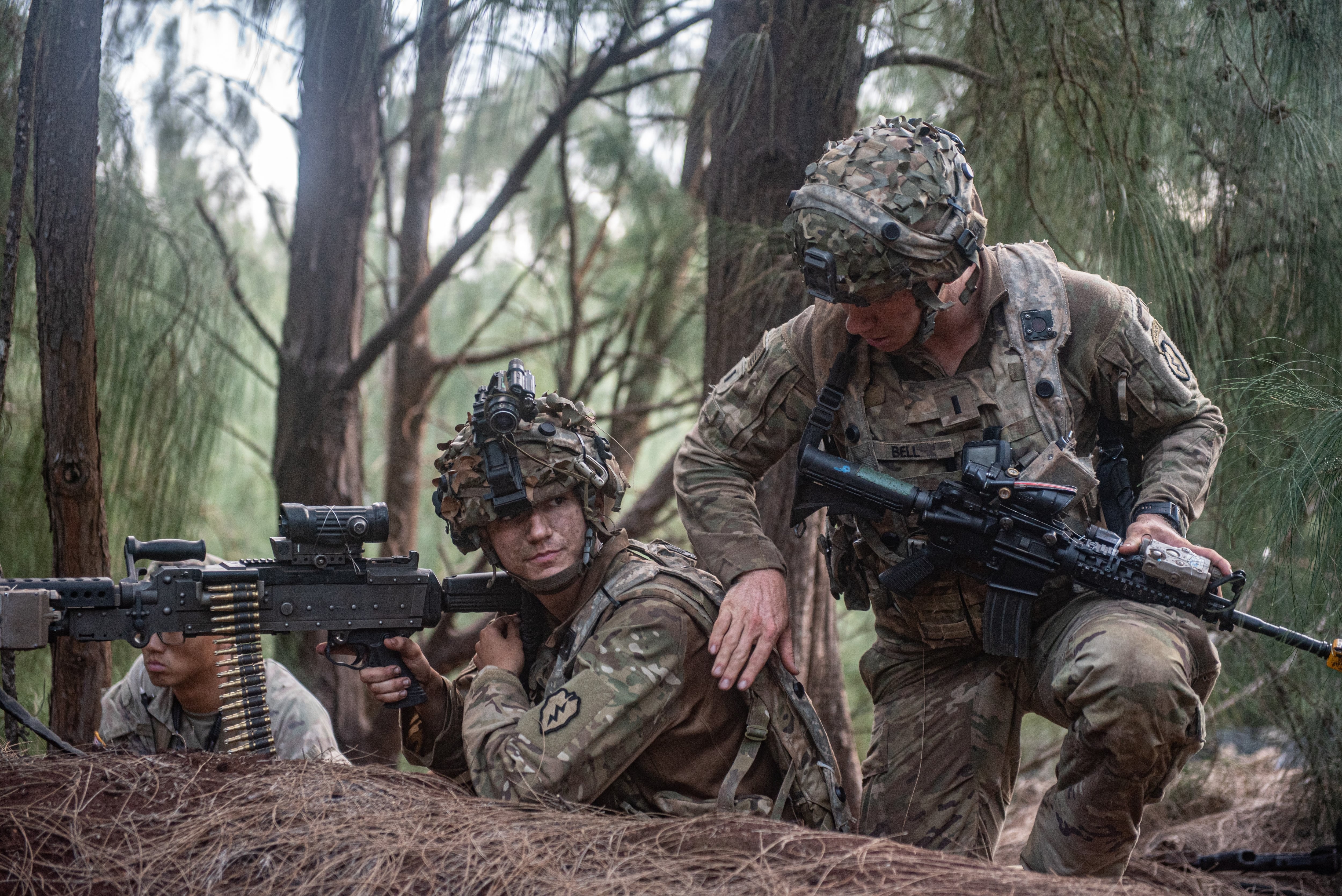
It took a few years for the Army to decide on a caliber, but they ultimately chose the “intermediate” 6.8mm to replace the existing 5.56mm used in the M4, M16 and M249.
The 6.8mm is similar in size to the classic .270 caliber used in hunting and nearly the same dimensions as a popular intermediate caliber favored by the early 20th century Japanese military.
That caliber shows better performance, accuracy, lethality and control than the 5.56mm.
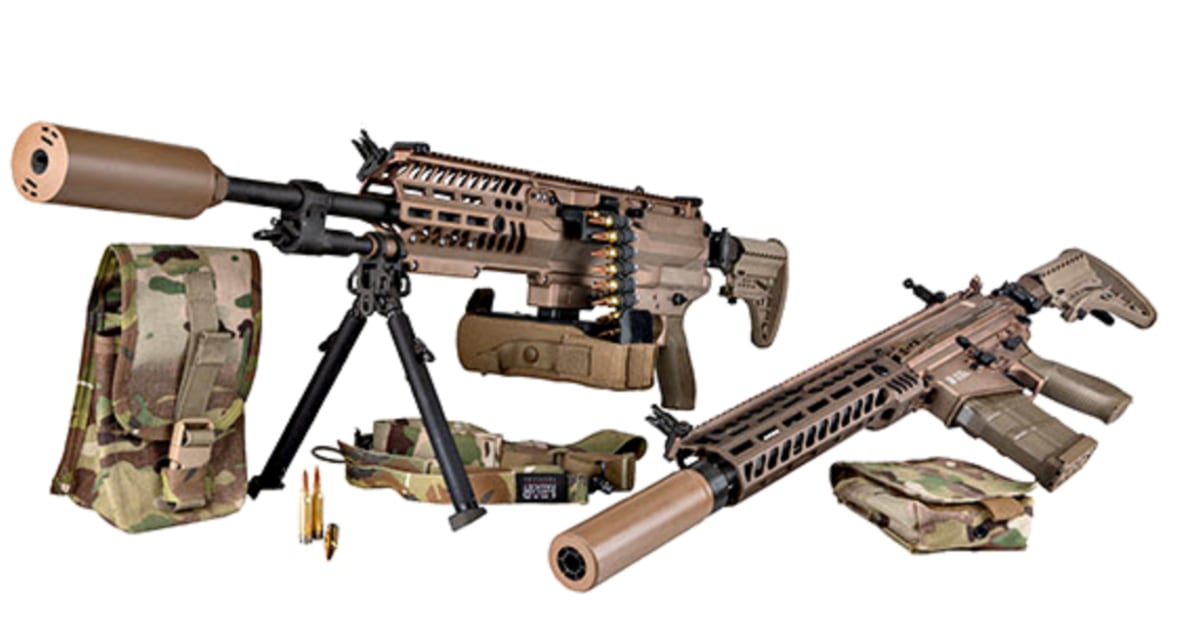
The 5.56mm has a lethal range of about 300 meters, versus 600 meters for the new 6.8mm.
“This is a weapon that could defeat any body armor, any planned body armor that we know of in the future,” then-Army Chief of Staff Gen. Mark Milley said in 2019. “This is a weapon that can go out at ranges that are unknown today. There is a target acquisition system built into this thing that is unlike anything that exists today. This is a very sophisticated weapon.”
The three companies vying for the contract to supply a new weapon to the Army’s close combat forces, infantry, special operations forces, Marines and engineers are Sig Sauer, Textron Systems and an offering formerly from General Dynamics OTS now being handled by Lonestar Future Weapons.
Sig Sauer has built a weapon similar in style and feel to existing assault rifle configurations. Sig Sauer previously won the contract to replace the Army, Navy, Air Force and Marine Corps M9 pistol with the Modular Handgun System, or M17.
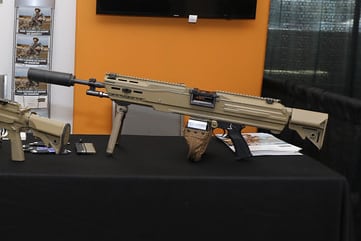
Lonestar Future Weapons went with a bullpup design popular with some foreign militaries that puts the magazine well and feed behind the handgrip and trigger, keeping barrel length in a more compact package.
Textron Systems is relying on their caseless telescoped ammunition. It uses a polymer system where the bullet is encased, shortening the overall length but providing the same ballistic capabilities as standard brass casings at a reduced weight.
All three designs are suppressor capable.
Each of the manufacturers initially had to supply 53 rifles and 43 automatic rifles, as well as 850,000 rounds of ammunition, for testing.
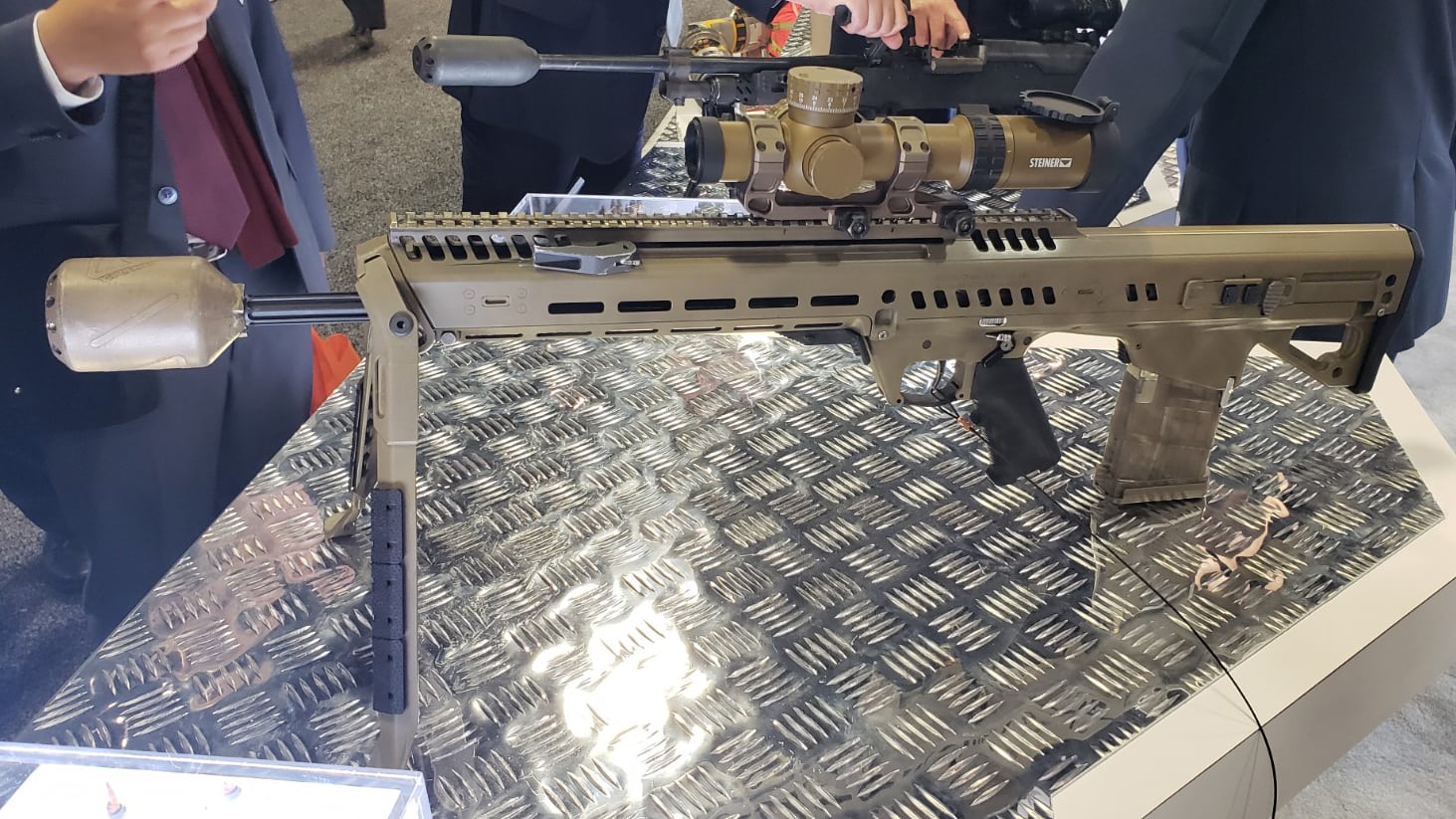
Once selected, the winning company would be on an eight-year contract to produce roughly 120,000 total rifles and machine guns, according to budget documents. That would mean 40,000 in the initial batch at an estimated cost of $36 million.
Potts told Army Times that the soldier touch points and testing are complete and decision makers are now evaluating information gathered on all three company offerings.
These rifles will first field to special operations forces and infantry, Stryker and armor brigade combat teams.
The M4 and M16 will continue to be produced for non-close combat troops.
Todd South has written about crime, courts, government and the military for multiple publications since 2004 and was named a 2014 Pulitzer finalist for a co-written project on witness intimidation. Todd is a Marine veteran of the Iraq War.
